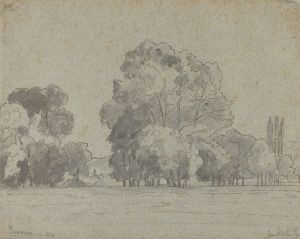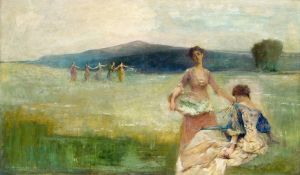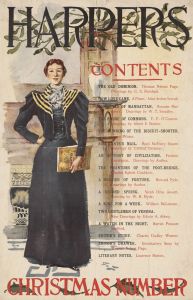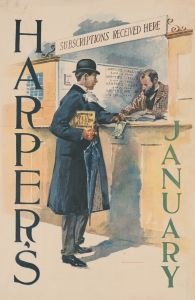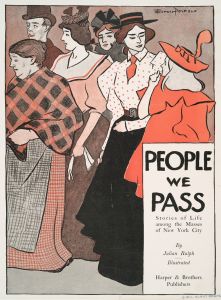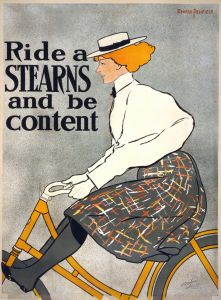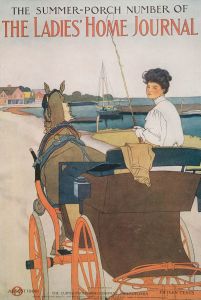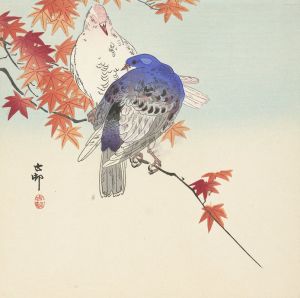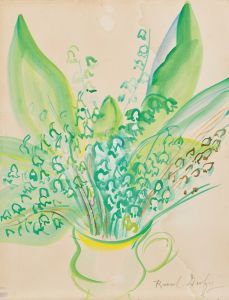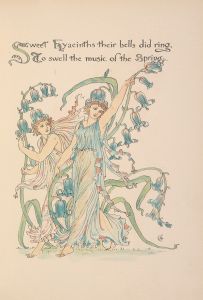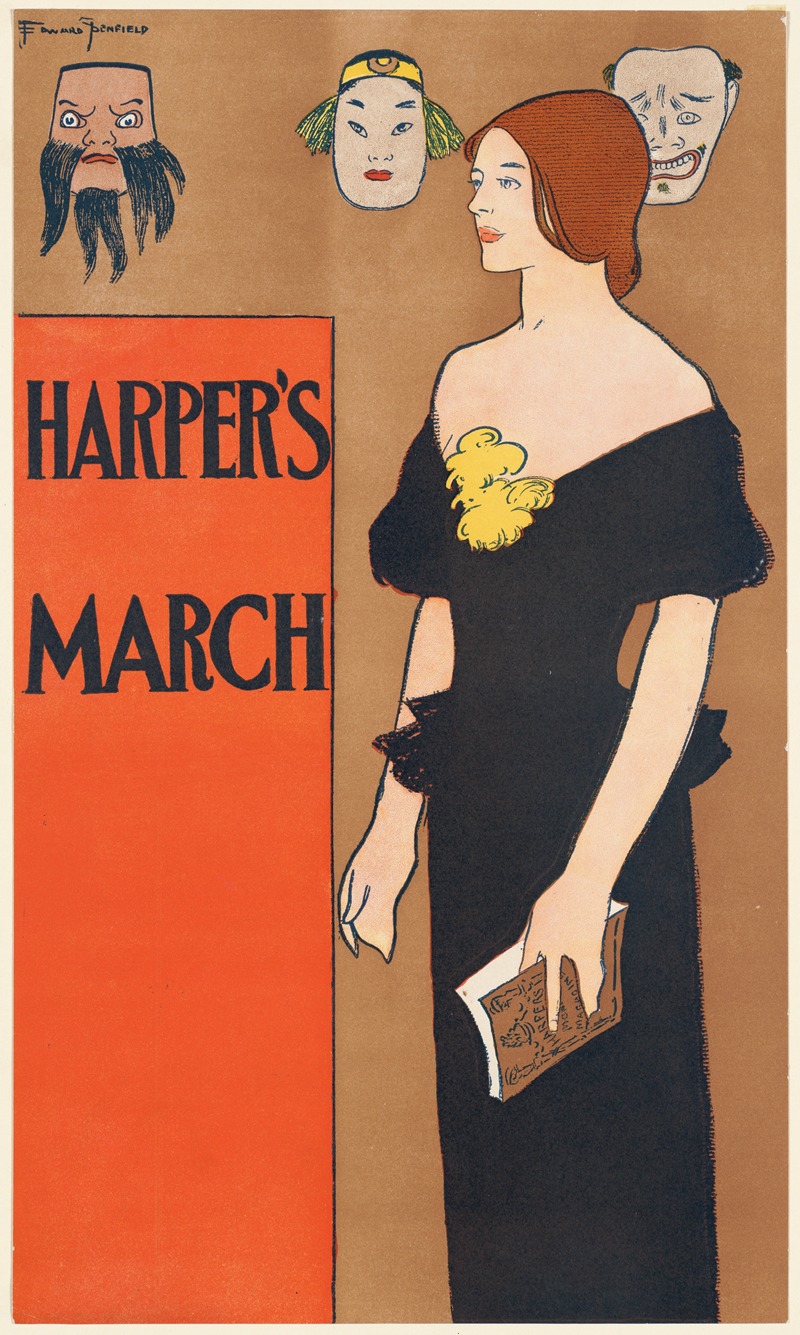
Harper’s March
A hand-painted replica of Edward Penfield’s masterpiece Harper’s March, meticulously crafted by professional artists to capture the true essence of the original. Each piece is created with museum-quality canvas and rare mineral pigments, carefully painted by experienced artists with delicate brushstrokes and rich, layered colors to perfectly recreate the texture of the original artwork. Unlike machine-printed reproductions, this hand-painted version brings the painting to life, infused with the artist’s emotions and skill in every stroke. Whether for personal collection or home decoration, it instantly elevates the artistic atmosphere of any space.
Edward Penfield was an influential American illustrator and a key figure in the development of graphic design in the late 19th and early 20th centuries. He is best known for his work as an art director for Harper's Magazine, where he created a series of monthly cover illustrations that are now considered iconic examples of American poster art. One of his notable works is "Harper’s March," which was part of this series.
"Harper’s March" was created in the late 1890s, during a period when Penfield was producing a new cover for Harper's Magazine each month. These covers were not only promotional tools for the magazine but also served as standalone works of art that captured the essence of the time. Penfield's style was characterized by its simplicity, bold lines, and flat colors, which were influenced by the Art Nouveau movement and the poster art of the time.
The illustration for "Harper’s March" typically features a scene that reflects the themes or mood associated with the month of March. Penfield often incorporated elements of everyday life, fashion, and leisure activities into his covers, making them relatable to the magazine's audience. His work was known for its elegance and sophistication, often depicting well-dressed figures in leisurely settings, which appealed to the magazine's upscale readership.
Penfield's covers, including "Harper’s March," were printed using a lithographic process, which allowed for vibrant colors and fine details. This technique was well-suited to Penfield's artistic style and helped to establish the visual identity of Harper's Magazine during his tenure. The covers were not only popular with readers but also played a significant role in the evolution of American graphic design, influencing future generations of illustrators and designers.
Edward Penfield's contribution to the world of illustration and graphic design extends beyond his work for Harper's. He was a prominent figure in the poster art movement in the United States and was instrumental in elevating the status of commercial art to a respected form of artistic expression. His work is often compared to that of European contemporaries like Henri de Toulouse-Lautrec and Alphonse Mucha, who were also pioneers in the field of poster art.
Today, Penfield's illustrations, including "Harper’s March," are highly regarded by collectors and art historians. They are seen as quintessential examples of the American poster style and are celebrated for their artistic merit and historical significance. Penfield's ability to capture the spirit of his era through his art has ensured his place in the annals of American art history, and his work continues to be studied and admired for its innovation and aesthetic appeal.







